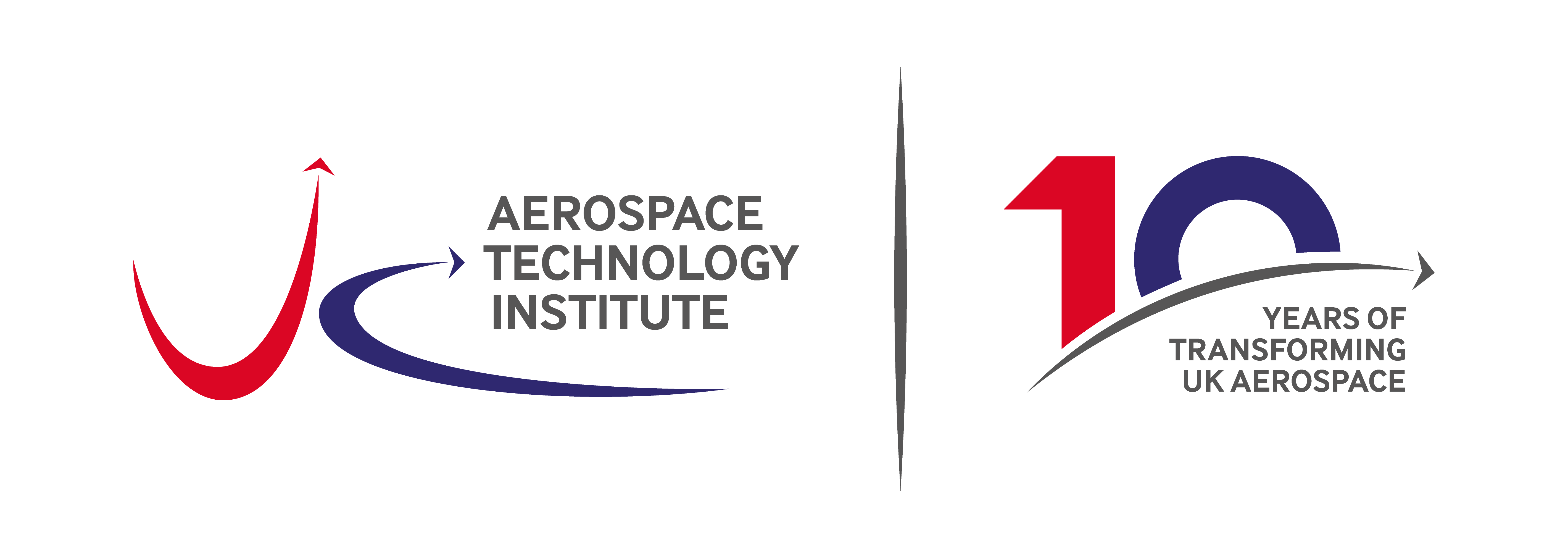Primary funding opportunities: Ancillary hydrogen systems
In the final blog on the primary funding opportunities within the ATI Programme, Head of Technology – Whole Aircraft Dave Debney assesses the developments needed in ancillary hydrogen systems.
In addition to the propulsion systems that consume hydrogen on an aircraft, such as a gas turbine, hydrogen fuelled aircraft will require a range of technology solutions around storage, fuelling, defuelling and other aspects.
Using hydrogen as a fuel for aircraft introduces completely different challenges when compared to the kerosene fuel in use today. This supporting technology is critical to realise a commercial aircraft product and represents a new market opportunity for UK aerospace.
Liquid hydrogen storage
Hydrogen becomes a liquid at 20K, or -253°C. This means the tank used to store it has to have very efficient insulation to minimise the amount of heat input from the atmosphere. Active cooling systems are likely to be too heavy to be installed on-board but may be employed when the aircraft is parked on the ground. There are two basic design options, foam insulation or vacuum insulation, and these will need different technology development.
Despite a lot of insulation, the hydrogen will turn into a gas at a certain rate. The tank will therefore have to withstand pressure and have a system to manage venting if required. Other factors such as stratification (where the hydrogen separates into layers, or strata) and sloshing where the fuel moves around in the tank will also need to be considered.
Currently, fuel tanks are positioned within the wing. This location is not an efficient solution for liquid hydrogen which is best stored in spherical tanks, so new technologies around how the tank is integrated into the aircraft structure will be needed. This technology will also need to meet aerospace’s stringent safety standards including repair, impact tolerance and crashworthiness.
Finally, new technology will need to be developed to provide accurate gauging to tell the aircraft and flight crew how much fuel is in the tank in all parts of the flight envelope.
Hydrogen fuel system
The tank is only the first part of the puzzle in a hydrogen fuel system. The hydrogen must then be transported to the propulsion system via a series of pipes. The big change for hydrogen is that it must become a gas at some point on its journey to the propulsor. Where this happens and how it is controlled will be a key design parameter that needs to be better understood.
Hydrogen is not easy to pump, and most hydrogen pumps are currently designed for rocket launch vehicles and don’t have to last very long. Developing efficient and high performance pumps which can last for thousands of flights is a big technology challenge. The system will also require non-return valves to stop hydrogen flowing the wrong way, as well as shut off valves to stop the flow altogether.
As a very small molecule, hydrogen is very good at escaping and can often leak through things that look solid to the naked eye. As a result, leak detection and management systems will need to be developed.
Fuelling and defuelling
Fuelling and defuelling a hydrogen aircraft will need new technology developments to address the specific challenges of safe and reliable temperature controlled operation. Even the coupling to connect the fuel hose to the aircraft will need careful design due to the properties of liquid hydrogen. This will also affect the exclusion zone, the area that must be kept clear when the aircraft is being fuelled. Currently with kerosene it is a radius of 3 metres, and the hope is that the eventual exclusion zone for hydrogen will be similar. If not, it will affect the rate that aircraft can be turned round between flights, and this is a key metric for airlines as aircraft don’t make any money while sitting on the ground.
Summary
The challenge for a liquid hydrogen aircraft covers far more than just the propulsion system itself, but each of the topics listed above represent a technology area that will be critical to the overall performance of the system. This is critical when the objective is to make a hydrogen aircraft that is economically competitive.
Primary Funding Opportunities
The ATI Programme remains an open competition and the ATI continues to encourage ideas and engagement from across the whole aerospace spectrum aligned to the technology strategy, Destination Zero. Click here to find out more about the primary funding opportunities in the ATI Programme. Visit our news pages to read all four blogs exploring the technologies identified as key to achieving Net Zero 2050 and securing UK competitiveness which require investment in upcoming funding batches.


